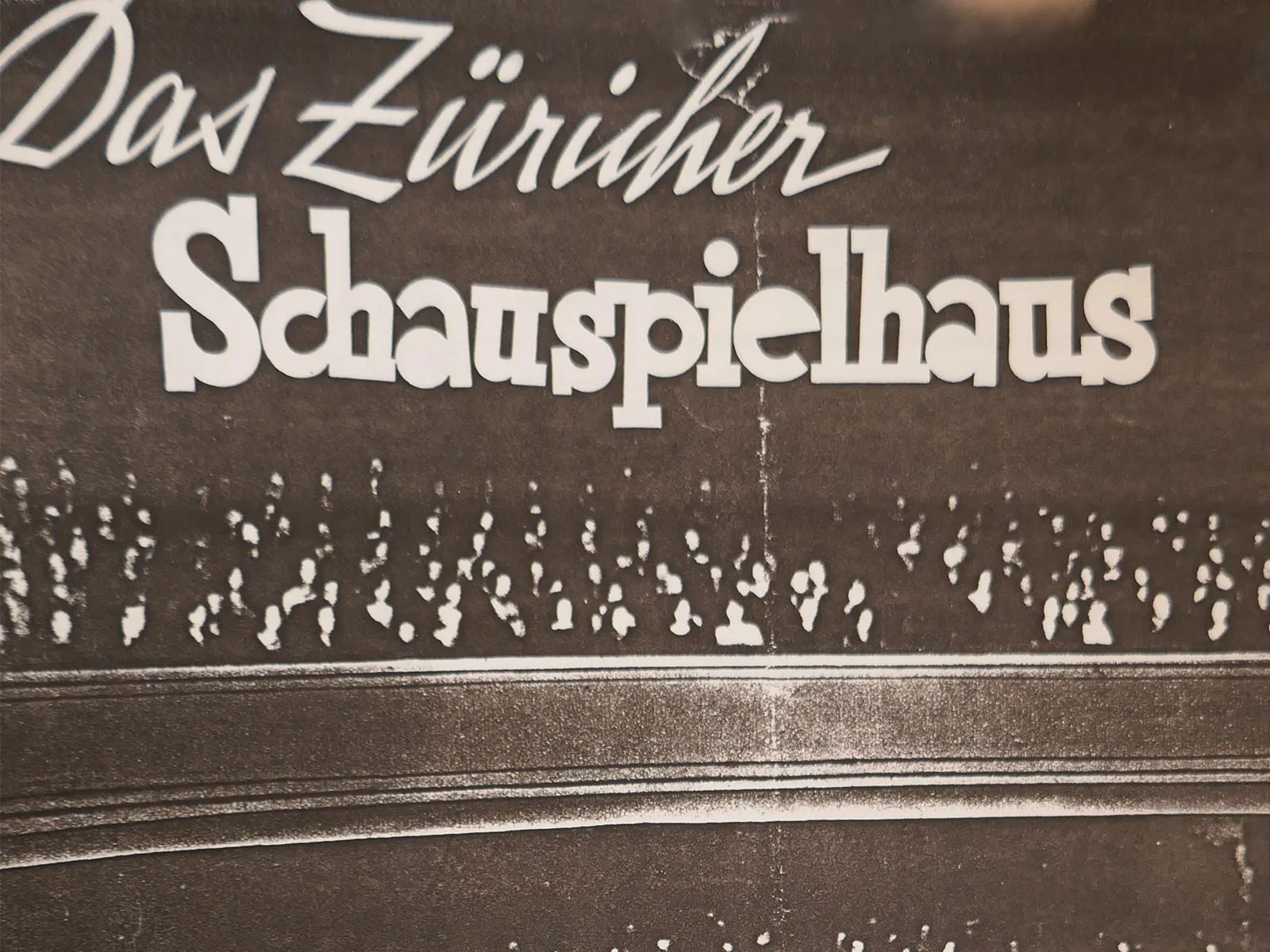
The theatre that stood up to fascism
Just a few months after Adolf Hitler came to power, Schauspielhaus Zurich theatre began to evolve into a bastion against racial fanaticism and antisemitism.

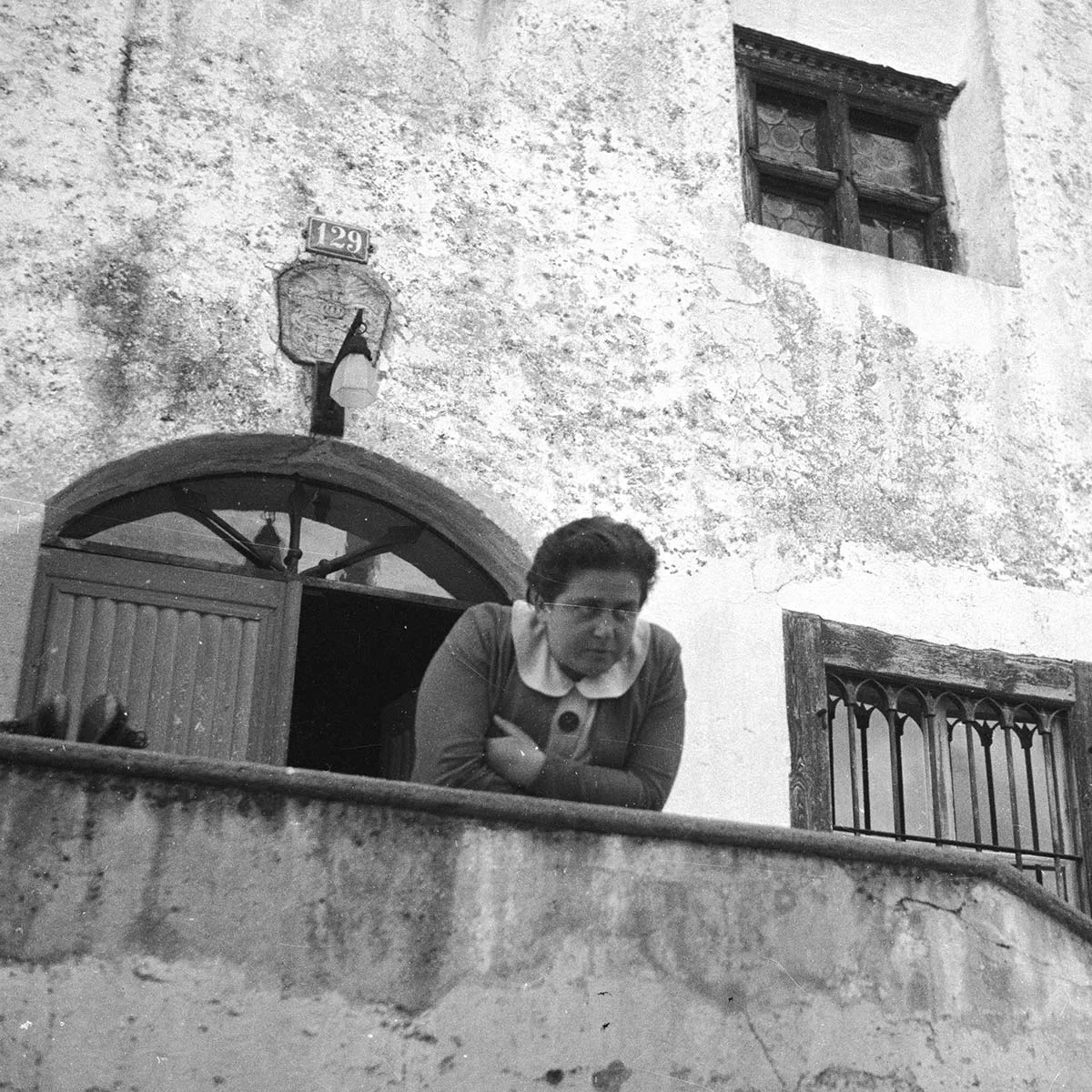
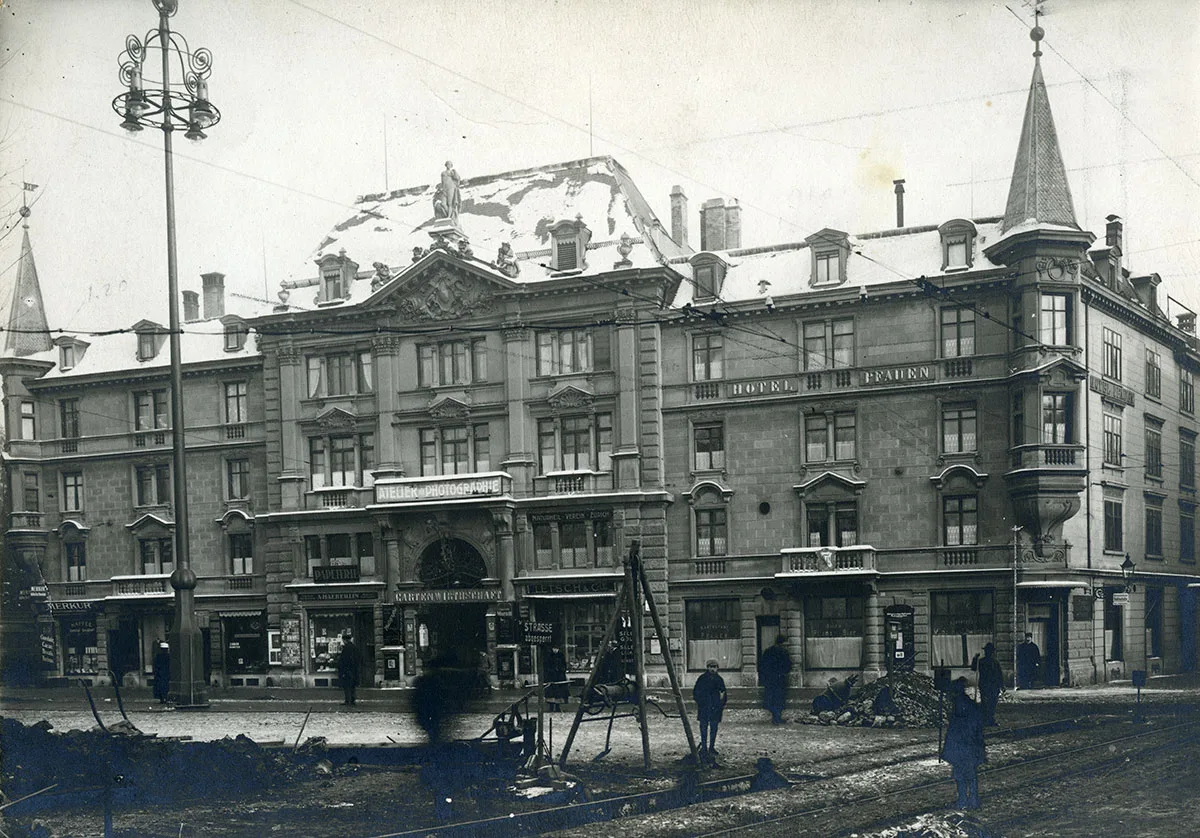
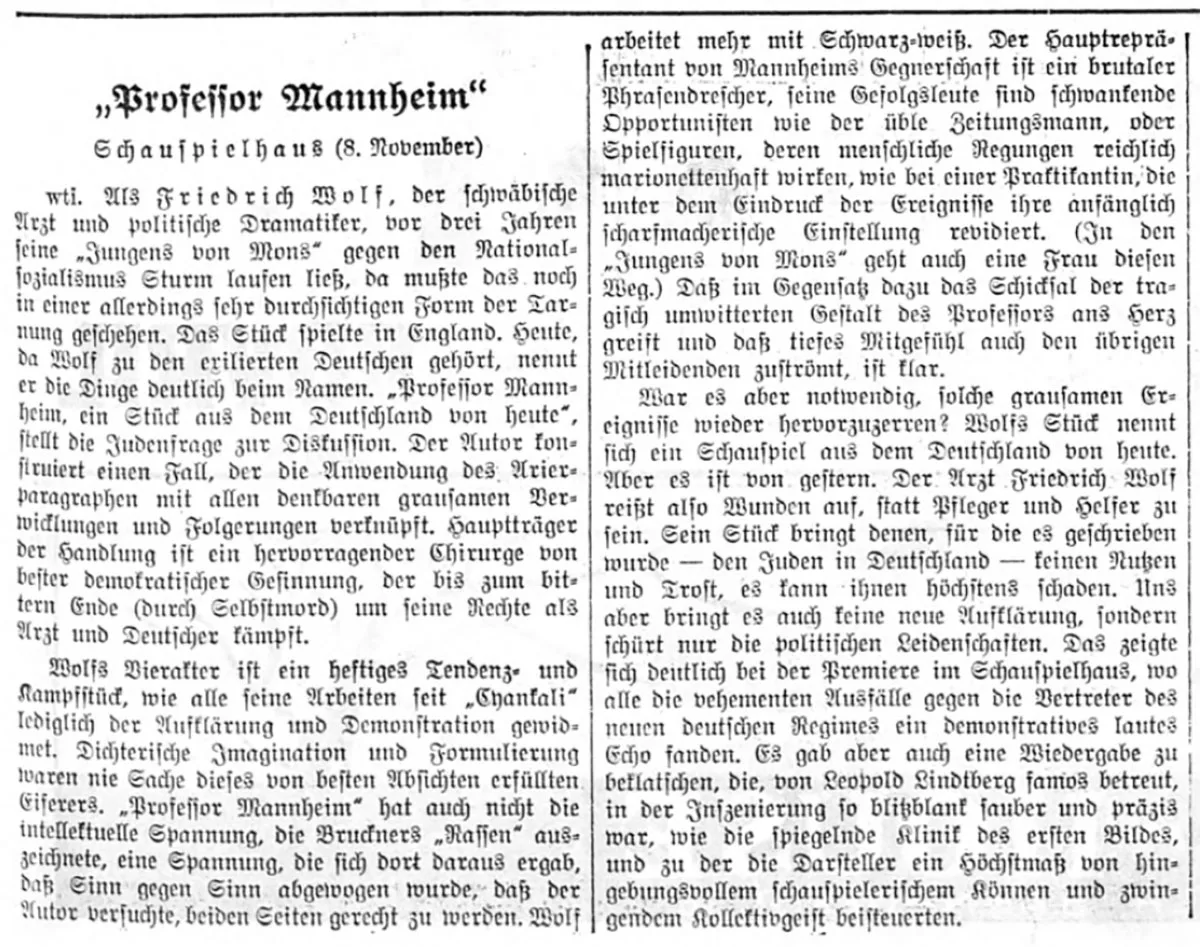

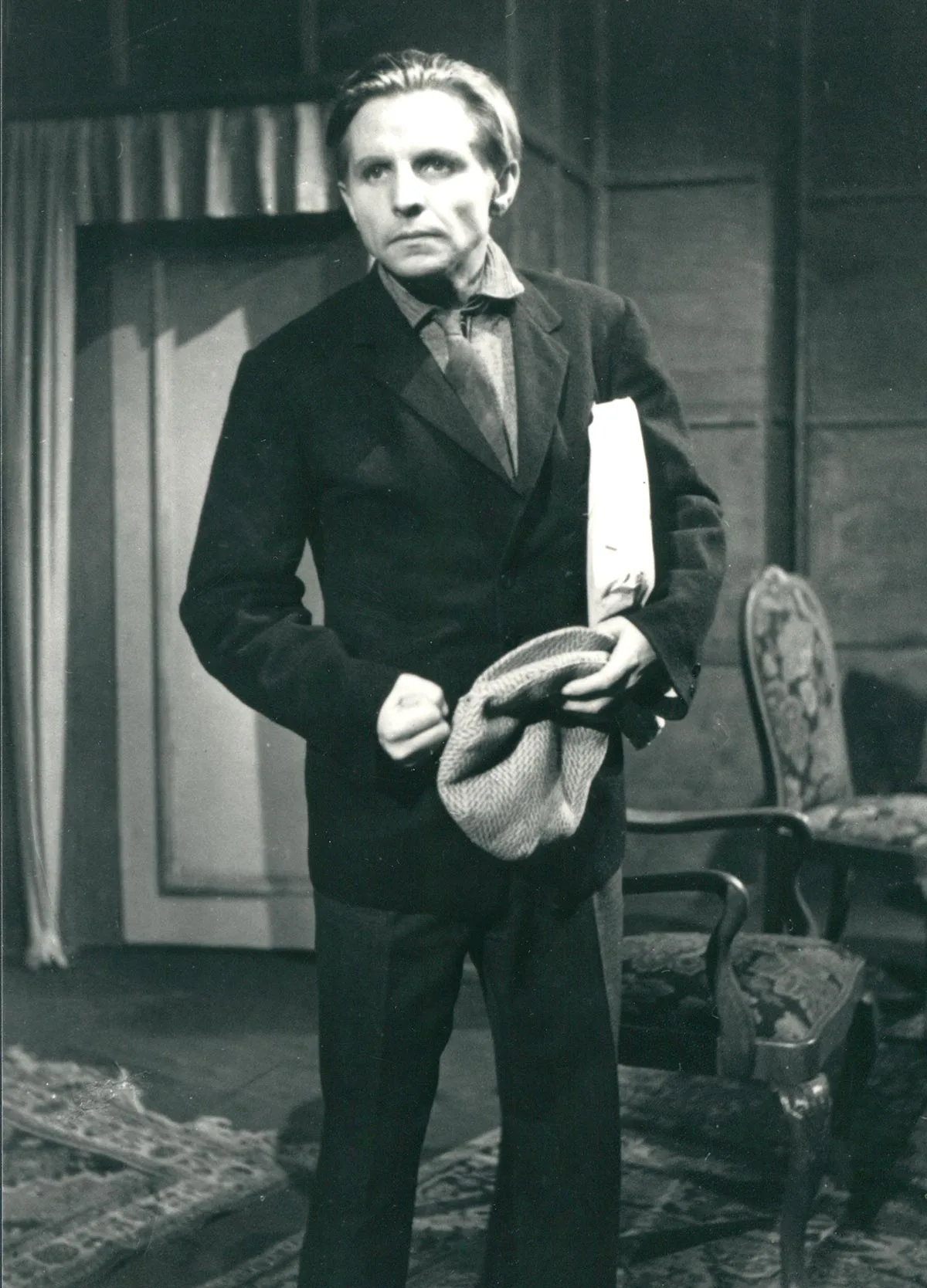
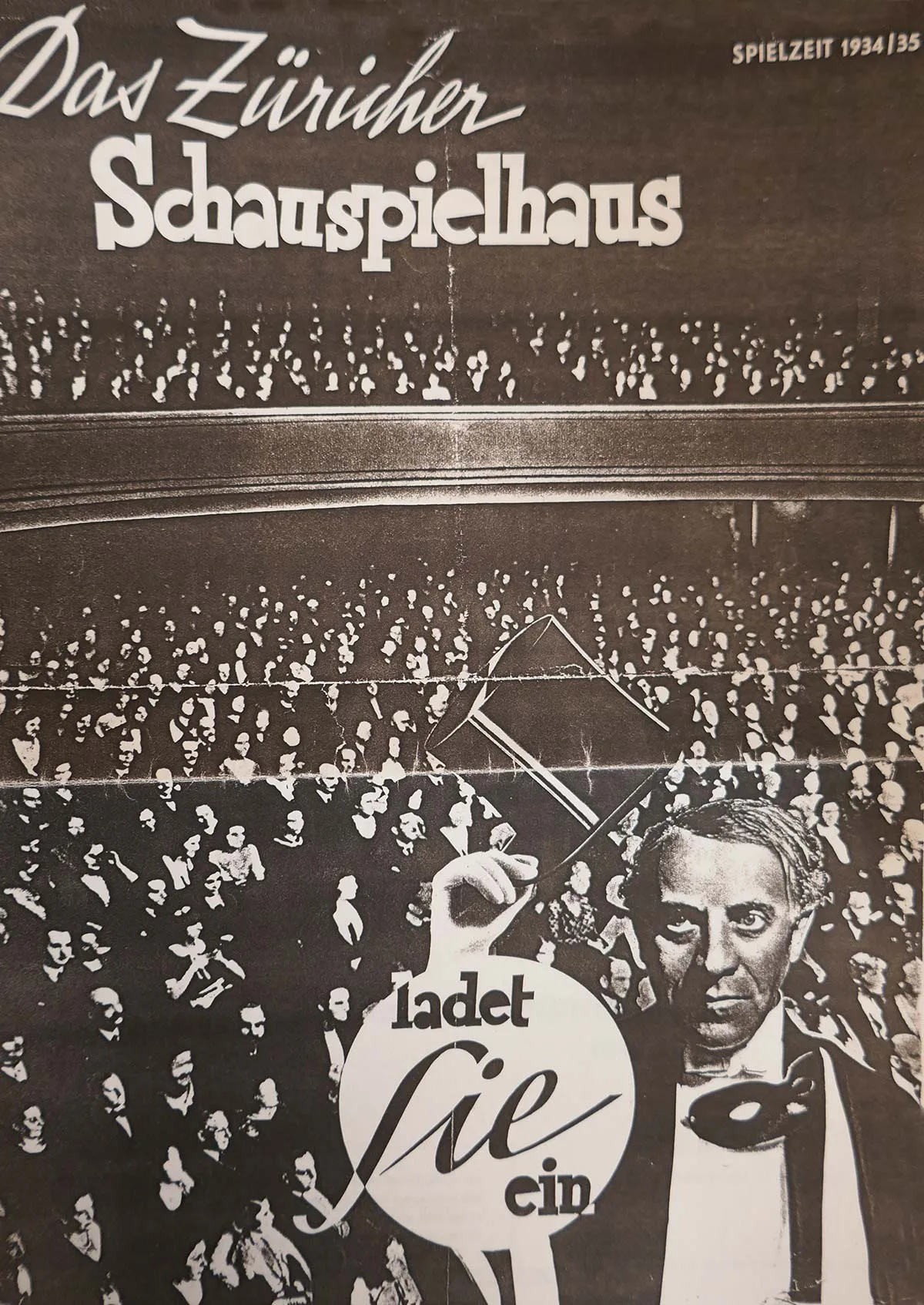

Just a few months after Adolf Hitler came to power, Schauspielhaus Zurich theatre began to evolve into a bastion against racial fanaticism and antisemitism.






